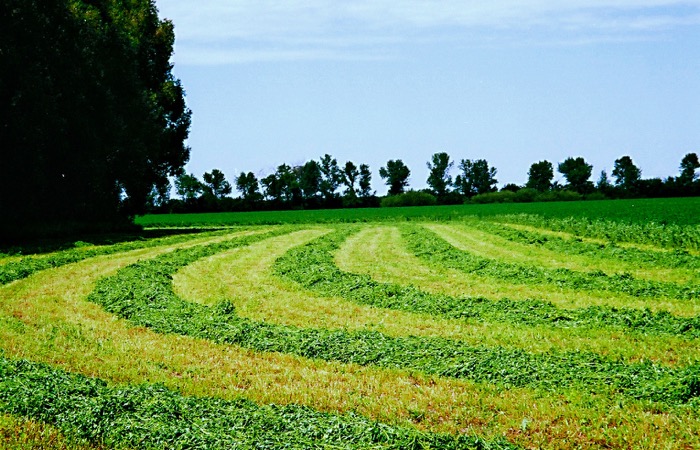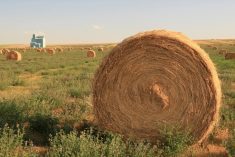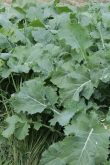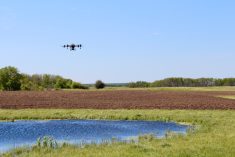Heatwaves are anticipated to become more frequent in Quebec’s Montérégie region, spelling potential trouble for future forage production.
Climate change data for this agricultural region predicts an increase in days with night temperatures above 20 C, which could negatively impact the respiration of plants that rely on cooler nights to survive hot summers.
Using regional climate predictions such as this, farmers in Montérégie and elsewhere in Quebec have been part of developing climate change adaptation plans as part of the province’s Agriclimat project.
Read Also
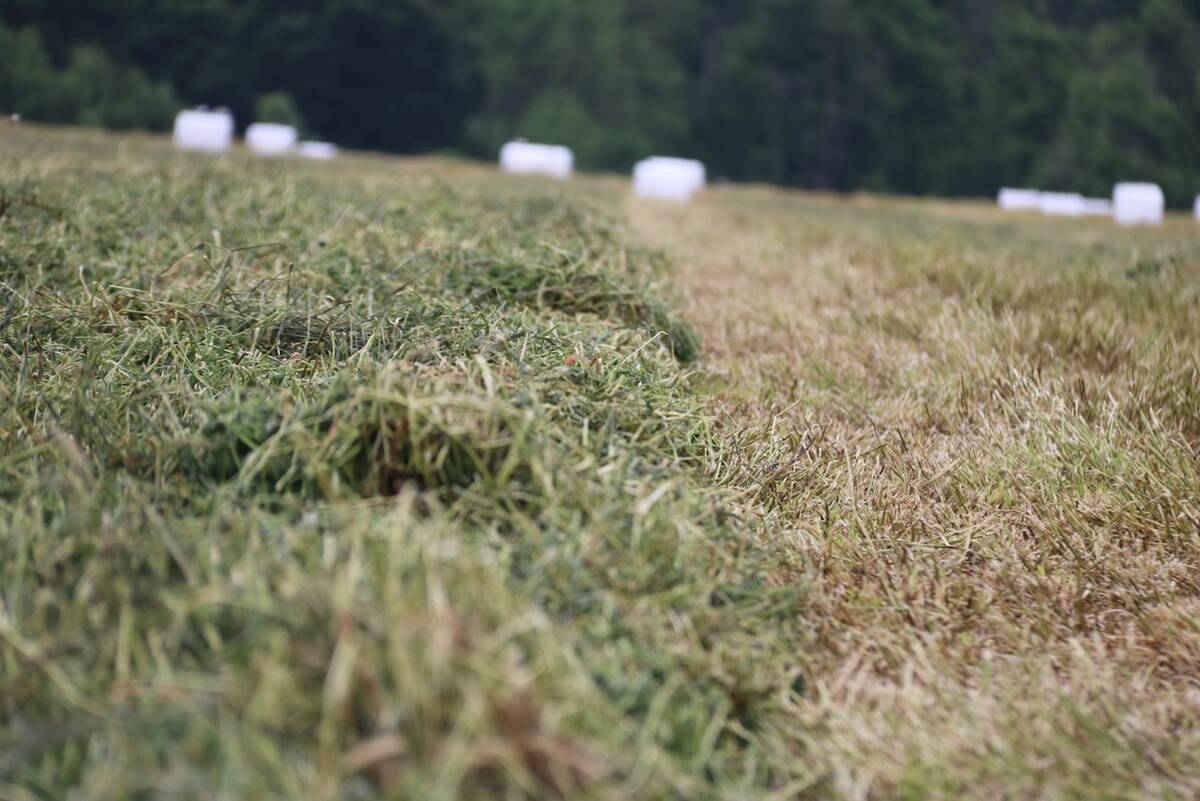
New high performance forage training program to launch in 2026
A new Canadian Forage and Grasslands Asssociation high performance forage program will be a resource for farmers, agronomists and others in the forage sector.
“I think that the concerns of producers are quite legitimate,” says Sylvestre Delmotte, agronomist and consultant for Agriclimat, speaking through a translator at the 2021 Canadian Forage and Grasslands Association conference in December.
“The consequences of climate change are becoming clear. What we’re doing in Quebec is to try to get people to act as opposed to just react before these consequences get too significant.”
Funded in part by the government of Quebec, Agriclimat was established in 2017 to understand climate change’s potential impacts on the province’s agriculture production and to develop tools to help producers adapt to these new realities while remaining competitive.
In the project’s first phase, running from 2017 to 2020, working groups comprising producers and other stakeholders were created for 10 regions of the province. Ouranos, a Quebec-based climatology organization, shared climate change projections for each region with these groups.
“It’s at each of these regions that these climate scenarios were analyzed, and starting from that analysis we’re looking at possible adaptation measures that could be put into place on farms,” says Delmotte.
In the example of the Montérégie region, the Ouranos data predicts other challenges to forage production during the growing season. The total summer precipitation, which varies from year to year, may not change drastically in the future, Delmotte reports, but there may be longer periods without rain.
“If we look at more detail for St-Hubert, which is a municipality in Montérégie…we expect that the number of times when there will be a period of five days without rain will increase. It’ll go from 10 times a year to 12 times per year,” he says.
An increase in evapotranspiration, due to higher temperatures, could also occur in this region. “When we put this together, the stable precipitation but more evapotranspiration than we expected on average…there will be a water deficit.”
More mild days during winter could threaten the hardening-off process, as could later falls and earlier springs. However, the data suggests fewer days of extreme cold — with temperatures below -25 C — throughout winter.
Changes are also expected in snow cover, another factor affecting winter survival of forage perennials.
“Historically we’re around 120 days per year with significant snow cover, and what we can see is there will be a reduction of about 40 days,” he says, noting this is due to both higher temperatures and more rain during winter. “That rain will form some ice over the snow but also will melt some snow and reduce protection afforded by the snow layer.”
Preparing for changing conditions
Once climate change projections were presented to the regional working groups, producers and other stakeholders discussed possible effects on production, such as increased soil erosion due to more intense rainfall and a greater likelihood of weeds, pests and disease. The working groups then provided ideas for potential adaptation measures.
“We’ve been doing some work to try to validate the ideas of producers to see if, in terms of research or projects already done, we could get information that would complete the hypotheses or validate the hypotheses put forward by producers and other stakeholders,” says Delmotte.
For example, ideas related to forage production include choosing more complex blends for greater resilience and different species to better adapt to the changing conditions. Studies conducted at Quebec’s Agriculture and Agri-Food Canada research stations were compared to the producers’ ideas.
“There’s some work done on the future climate about the management of alfalfa-timothy mixes…Because the growing season will be longer, they’ll be one extra cut, so that should allow us to get more yield than what we’re observing currently in Montérégie for timothy-alfalfa mixtures,” he says, noting that the emphasis may fall on alfalfa, as the studies suggest timothy may not adapt as well.
“Fescue seemed to be the species that would do best with alfalfa after the climate change, but the increases that we might observe in the short-term future as opposed to the longer-term or the impact of higher temperatures will probably work against continuing to get increases in productivity. These studies confirm in many ways the hypotheses of producers.”
This producer engagement and research then informed agricultural climate change adaptation plans for each region of Quebec. The adaptation plans state “the impacts of climate change on agriculture and proposes adaptation measures at the scale of individual farm businesses, of the region and of the whole province,” according to Agriclimat’s website.
The project’s second phase, running from 2021 to 2024, will determine which measures should be implemented to deal with specific threats, as well as testing efforts to increase farm resilience. Thirty-seven pilot farms joined the project in late 2021.
“We’re also developing a tool to evaluate the vulnerability to climate change and the greenhouse gas emissions and carbon sequestration at the farm level,” says Delmotte.
“This tool will be offered to producers so that individual farms can really look at where they’re vulnerable and what can be done to be less exposed to the impact of climate change and also reduce greenhouse gas.”
Other projects relating to adapting to climate change are underway in Quebec, including irrigation trials for forage stands and new training for agronomists.


